Mark L. Mote
On the Design and Optimization of an Autonomous Microgravity Enabling Aerial Robot
Nov 23, 2016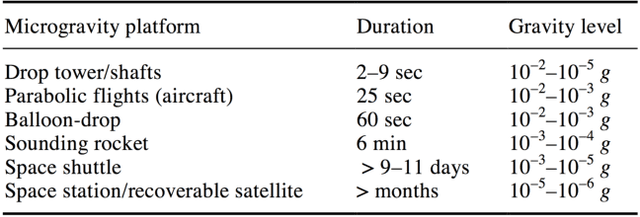
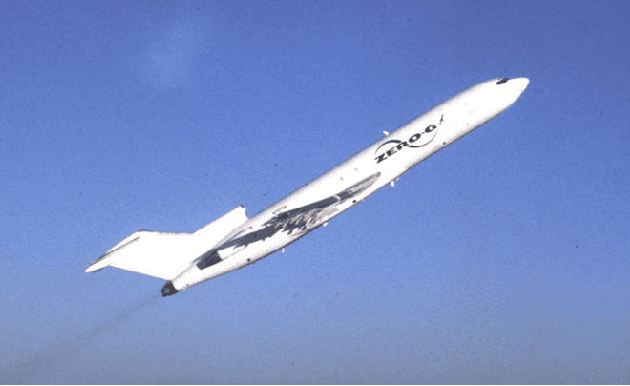
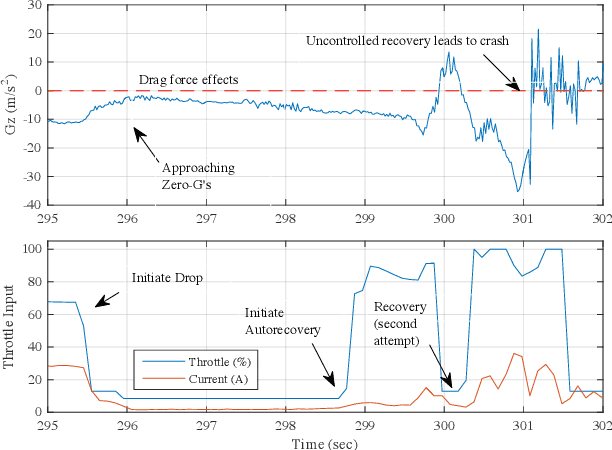
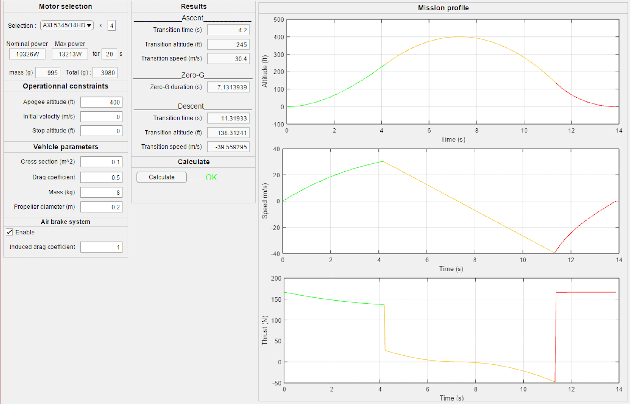
Abstract:This paper describes the process and challenges behind the design and development of a micro-gravity enabling aerial robot. The vehicle, designed to provide at minimum 4 seconds of micro-gravity at an accuracy of .001 g's, is designed with suggestions and constraints from both academia and industry as well a regulatory agency. The feasibility of the flight mission is validated using a simulation environment, where models obtained from system identification of existing hardware are implemented to increase the fidelity of the simulation. The current development of a physical test bed is described. The vehicle employs both control and autonomy logic, which is developed in the Simulink environment and executed in a Pixhawk flight control board.
A Framework for Collision-Tolerant Optimal Trajectory Planning of Autonomous Vehicles
Nov 23, 2016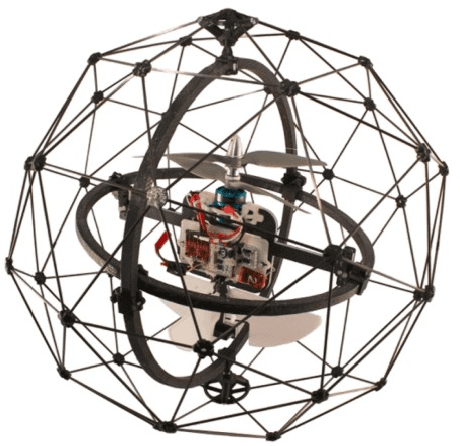

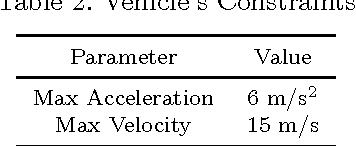
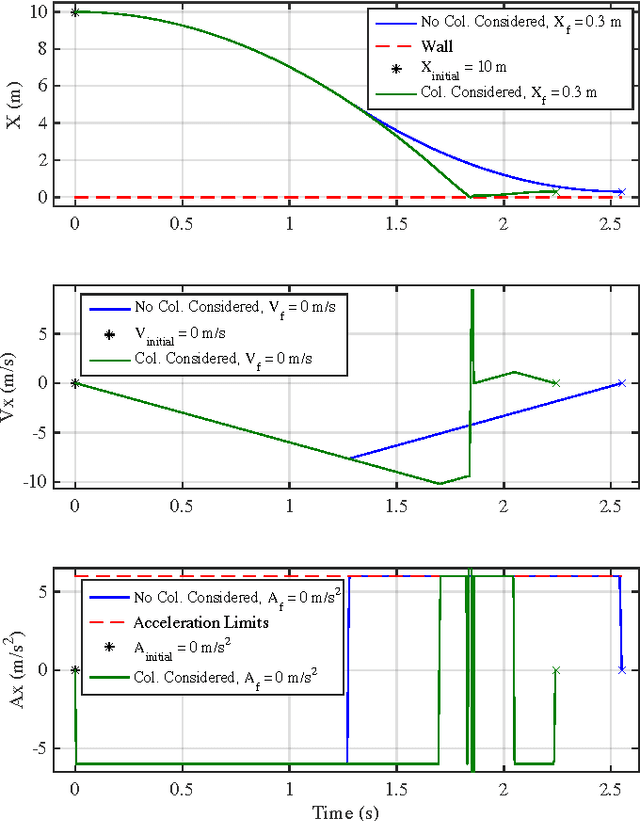
Abstract:Collision-tolerant trajectory planning is the consideration that collisions, if they are planned appropriately, enable more effective path planning for robots capable of handling them. A mixed integer programming (MIP) optimization formulation demonstrates the computational practicality of optimizing trajectories that comprise planned collisions. A damage quantification function is proposed, and the influence of damage functions constraints on the trajectory are studied in simulation. Using a simple example, an increase in performance is achieved under this schema as compared to collision-free optimal trajectories.
 Add to Chrome
Add to Chrome Add to Firefox
Add to Firefox Add to Edge
Add to Edge